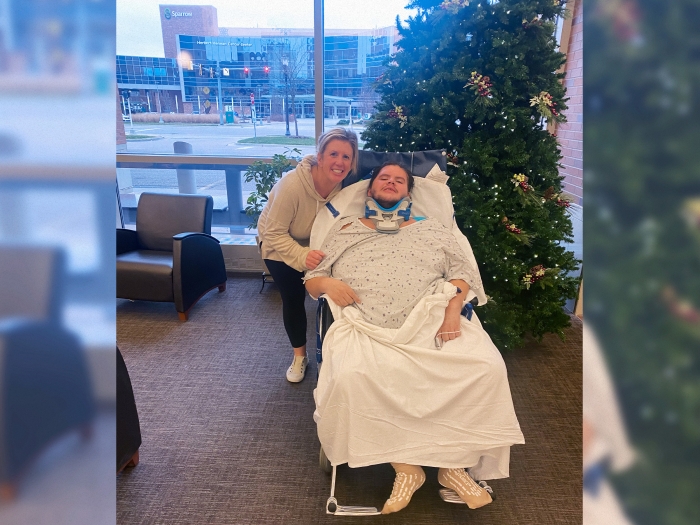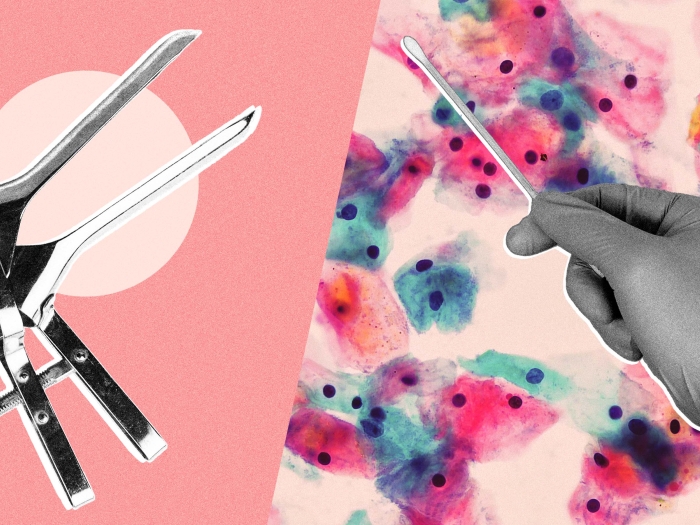The program partners with first responders and community leaders to increase awareness of in-home cardiac arrests.
10:42 AM
Author |
When a fire happens, people know to stop, drop and roll. People practice tornado drills at work and are taught how to avoid being struck by lightning.
Each year, 350,000 Americans experience cardiac arrest, when the heart suddenly stops beating, and only around 10% survive. Despite the fact that 74% of out of hospital cardiac arrests happen in a home, there has not been a widespread focus on preparing and practicing for this home emergency. Just over 6% of people survive in-home cardiac arrest.
"Most sudden cardiac arrests occur in the home, yet CPR is initiated by a family member or bystander only 40% of the time," said Robert Neumar, M.D., Ph.D., chair of the Department of Emergency Medicine at University of Michigan Health. "We know through experience and research that rapidly recognizing cardiac arrest and starting CPR as quickly as possible can improve survival rates and neurological outcomes for sudden cardiac arrest. If families are prepared to respond to this emergency in the home, many lives will be saved."
A person experiencing cardiac arrest will suddenly collapse, become unresponsive and have abnormal slow breathing that sounds and looks like gasping. CPR delivers essential blood flow to heart and brain until the heart can be restarted.
Survival and quality outcomes for patients with out-of-hospital cardiac arrest depend on the chain of survival, which refers to "the chain of events that must occur in rapid succession to maximize the chances of survival from sudden cardiac arrest," according to the Sudden Cardiac Arrest Foundation.
In the home setting, this chain begins with a household member recognizing the cardiac arrest, initiating CPR and calling 9-1-1 to activate the emergency medical response. Studies show that bystander-initiated CPR is associated with two times higher survival rates.
The Heartsafe Home plan
To improve outcomes for in-home sudden cardiac arrest, Michigan Medicine is co-leading an effort to prepare communities in establishing household plans for emergency action.
Having a plan and having household members practice multiple roles is important because you never know who might experience a sudden cardiac arrest in your household.Michelle Williams, M.H.I.
Since 2018, the Departments of Emergency Medicine and Learning Health Sciences at U-M have collaborated with local emergency service agencies and community members in an Out-of-Hospital Cardiac Arrest Learning Community to optimize response time and survival in Washtenaw and Livingston counties. During CPR awareness week, the community is launching its "Heartsafe Home" awareness campaign.
"This is a stepwise process that people can take, so that if they witness someone suddenly collapsing in their home, they can recognize a cardiac arrest and have a plan for dealing with it as a household," said Michelle Williams, M.H.I., manager of the OHCA community.
Steps for the Heartsafe Home plan:
1. Identify who in the household can do the following roles:
-
Use a cell phone to call 911 and put the phone on speaker
-
Perform chest compressions (hands-only CPR)
-
Unlock the entrance of the home for first responders
2. Practice a home cardiac arrest drill at least once a year
"Having a plan and having household members practice multiple roles is important because you never know who might experience a sudden cardiac arrest in your household," Williams said.

For CPR, Williams and the learning community stress that one doesn't need to be formally certified to initiate it. When calling 911, dispatchers can walk the caller through hands-only CPR until first responders arrive.
WATCH: How to perform hands only CPR – The Michigan way
While automated external defibrillators, commonly known asAEDs, are an important part of the chain of survival, it is currently not feasible to place them in every home as part of a routine HeartSafe Home plan. In many communities, first responders such as fire fighters and police can often respond within minutes to a home with an AED.
Importantly, the Heartsafe Home program will focus on underserved and minority communities across Washtenaw and Livingston counties because both bystander CPR rates and survival rates for sudden cardiac arrest are lower for residents of those communities.
Through partnerships with first responder organizations, senior and recreation centers, business leaders, groups working with low-income housing and more, Williams and the OHCA community hope the "Heartsafe Home" resources can be shared widely.
"It's important to reach underserved and minority populations with this information, providing them access to the best resources, which we hope in turn will contribute to improved outcomes," she said.
For more information on the Heartsafe Home initiative, including templates and example plans, go to www.heartsafehomes.org, Twitter: @HeartSafehome and Facebook: HeartSafe Home
Like Podcasts? Add the Michigan Medicine News Break on iTunes, Google Podcasts or anywhere you listen to podcasts.

Explore a variety of healthcare news & stories by visiting the Health Lab home page for more articles.

Department of Communication at Michigan Medicine
Want top health & research news weekly? Sign up for Health Lab’s newsletters today!





